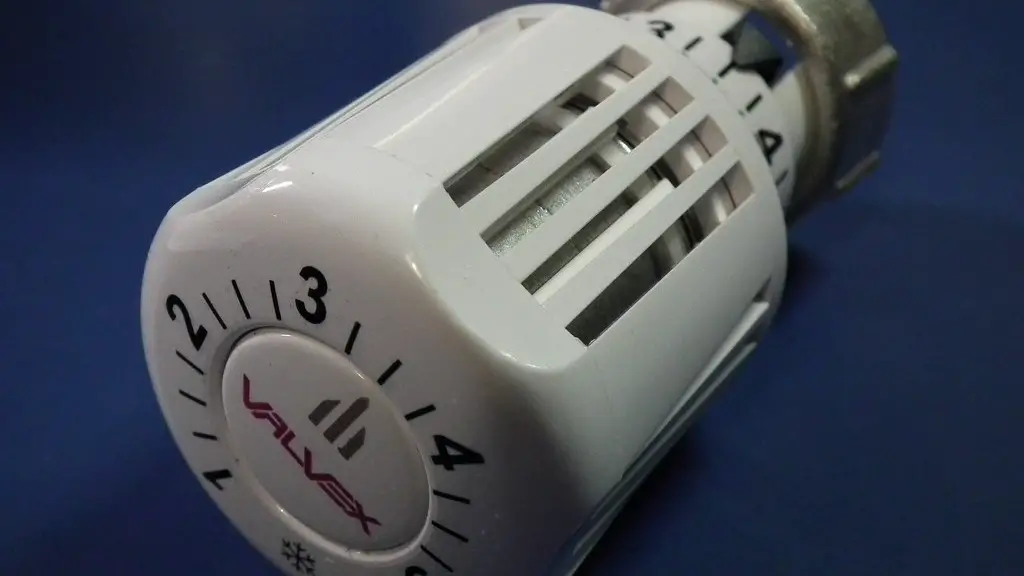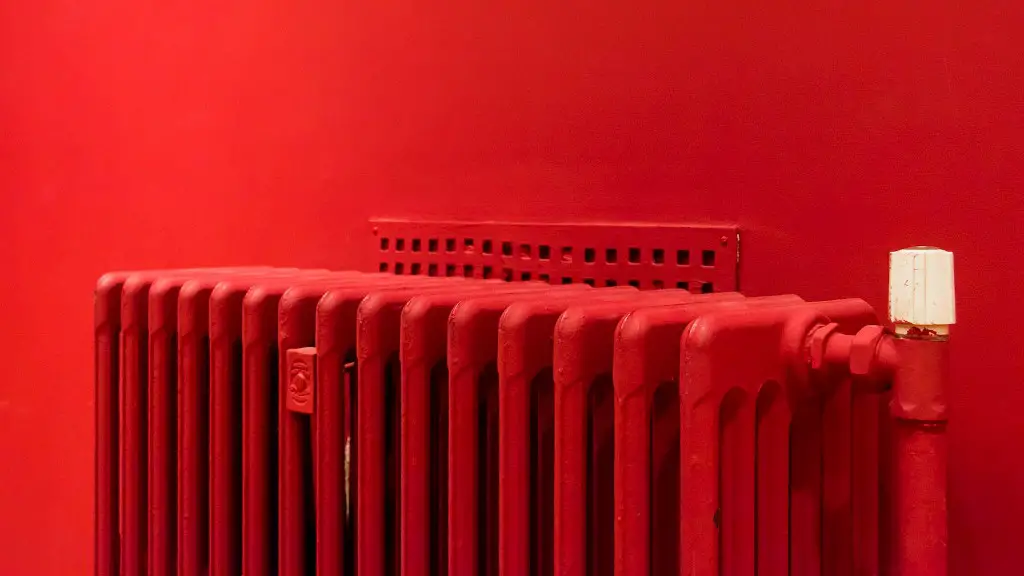If your car has an issue with the radiator, it is important to know how to check the radiator water level. This will help you determine if the radiator needs to be refilled or if there is a leak.
If your car has an external radiator, the water level can be checked by looking at the side of the radiator. The water should be at the same level as the top of the radiator core. If the water level is below the top of the radiator core, add water until it is at the proper level.
How do I know if my radiator has enough water?
If the coolant level is below the low mark, then there is not enough coolant in the engine and it needs to be refilled. If the coolant level is above the high mark, then there is too much coolant in the engine and it needs to be drained.
It’s important to be careful when loosening the radiator cap on your car. Use a towel or thick cloth to avoid getting burned by the hot water and steam. Once the pressure has been released, you can remove the cap completely. Add the highest quality water you can get to the radiator, filling it up to the line. Then, replace the radiator cap and tighten it until it clicks. Finally, shut the bonnet of the car.
Should a radiator be filled to the top
If the coolant level is low in the reservoir, you can refill it to the max fill line but do not overfill it. The coolant mixture expands when it heats up and needs the extra room. Keeping your coolant at the correct level is one of the ways to keep your radiator good working order.
The radiator fluid in your car needs to be changed periodically in order to keep the car running smoothly. Most car manufacturers recommend that you change the radiator fluid every 24,000 to 36,000 miles, or every 24 to 36 months. However, your personal driving habits will also determine the frequency of needed radiator fluid changes. If you drive in stop-and-go traffic often, or in hot weather conditions, you may need to change your radiator fluid more frequently. Be sure to consult your car’s owner’s manual for specific recommendations.
Is it normal for radiator to lose water?
If you notice your engine coolant disappearing, it could be due to a small crack in a hose, a tiny hole in your radiator, or an issue with the water pump. It’s also possible for coolant to leak inside your vehicle or to vaporize into mist through the defroster. If you’re concerned about a coolant leak, be sure to have your vehicle checked by a mechanic as soon as possible.
Yes, you can top up your engine coolant with water in an emergency. However, keep in mind that engine coolant also contains antifreeze, so diluting it with water will lower the boiling point and the coolant will stop working efficiently.
Is a radiator always full of water?
Radiators are an important part of your home’s heating system, and it’s important to understand how they work in order to keep your home warm and comfortable. Radiators are filled with water, and when you turn on your heating system, the water is heated and circulated through the radiator and into your home. The water then returns to the radiator to be reheated and circulated again. This process continues until your home reaches the desired temperature.
It’s important to remember not to pour cold water into a still-hot radiator. Doing so could cause the engine block to crack due to the sudden change in temperature. If you absolutely have to add water while the engine is still warm, pour slowly while the engine is running in neutral or park.
How do I make sure my radiator is full
When you’re looking for a water reservoir, you’ll usually see two horizontal lines marked on the side. The lower line is the inlet and the upper line is the outlet. The inlet is where water enters the reservoir, and the outlet is where water leaves.
Assuming the coolant level is low, add coolant to the coolant reservoir until it reaches the F(full) mark.”
If the engine is too hot, wait for it to cool down before adding coolant.
Do I add coolant to the reservoir or radiator?
If your vehicle is NOT on level ground, the system will not operate correctly and could cause damage.
If the coolant level is dropping and there is no external leak evident, then the coolant is probably leaking internally, into the engine. If the car has recently overheated then this could have caused the head gasket to fail. In this case, the engine will need to be repaired as soon as possible to avoid further damage.
How long does water last in radiator
If you have an older car, it is recommended that you change the coolant after the first 210,000 km (140,000 miles). For newer cars, it is recommended that you change the coolant every 30,000 km (20,000 miles).
As we know, coolant is responsible for maintaining the operating temperature of an engine. It does this by absorbing heat from the engine and then dissipating it into the atmosphere. However, there are a number of ways in which the level of coolant can drop without there being a visible leak.
One such way is through evaporation. This can happen, especially in hot climates, when the coolant is exposed to high temperatures for prolonged periods of time. Additionally, if the coolant is old and/or the engine isn’t being used often, the coolant can start to degradation and will eventually need to be replaced.
Another way in which the level of coolant can drop is if the engine is running too hot. This can be caused by a number of things, such as a dirty air filter or a faulty cooling system component. If the engine is running hot, it will cause the coolant to evaporate more quickly.
If you notice that the level of coolant in your engine is low, it’s important to add more as soon as possible. Otherwise, the engine could overheat and sustain serious damage.
Is antifreeze the same as coolant?
Your car or truck’s engine coolant, also known as antifreeze, is mixed with water to keep the radiator from freezing in extreme cold and overheating in extreme heat. There are many different types of coolant, so it’s important to know what variety is right for your car or truck. The wrong kind of coolant can cause your engine to overheat or freeze up, so it’s important to consult your owner’s manual or a mechanic to make sure you’re using the right type.
If your car has a low coolant level, you can still drive it for a short while. However, it really depends on how low the coolant level is. If it’s just below the minimum, you can still drive for a few days. But if it’s well below the minimum, it’s best not to try and run your engine.
Final Words
Locate the radiator cap on the engine. This will be on the top of the radiator on the driver’s side, and will have a large cap that can be unscrewed. Place a cloth over the radiator cap before unscrewing it, as hot steam and water may come out.
Once the radiator cap is unscrewed, check the level of the water. It should be at the level of the radiator’s filler neck. If it is below this level, add water until it reaches the filler neck. If it is above this level, water may be overflowing from the radiator.
In order to check the radiator water level, it is first important to locate the radiator. Once the radiator has been located, the water level can be checked by opening the radiator cap and looking inside. If the water level is low, it can be refilled by adding water or coolant until it reaches the proper level.




